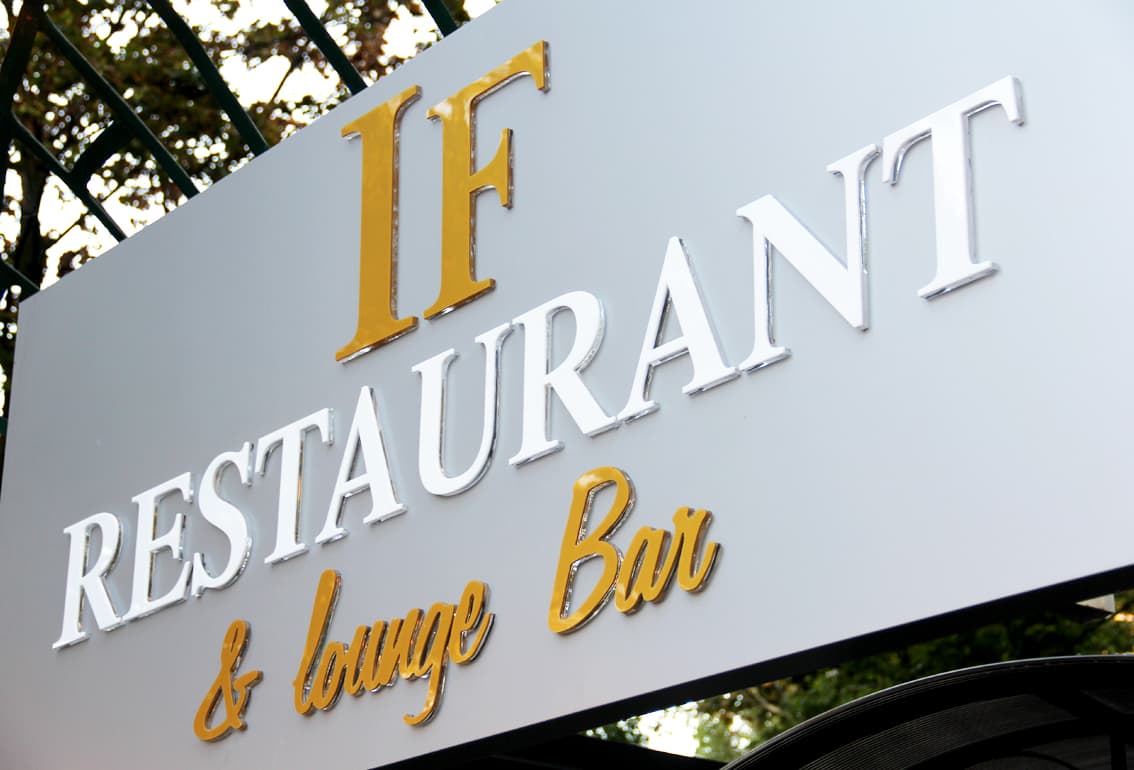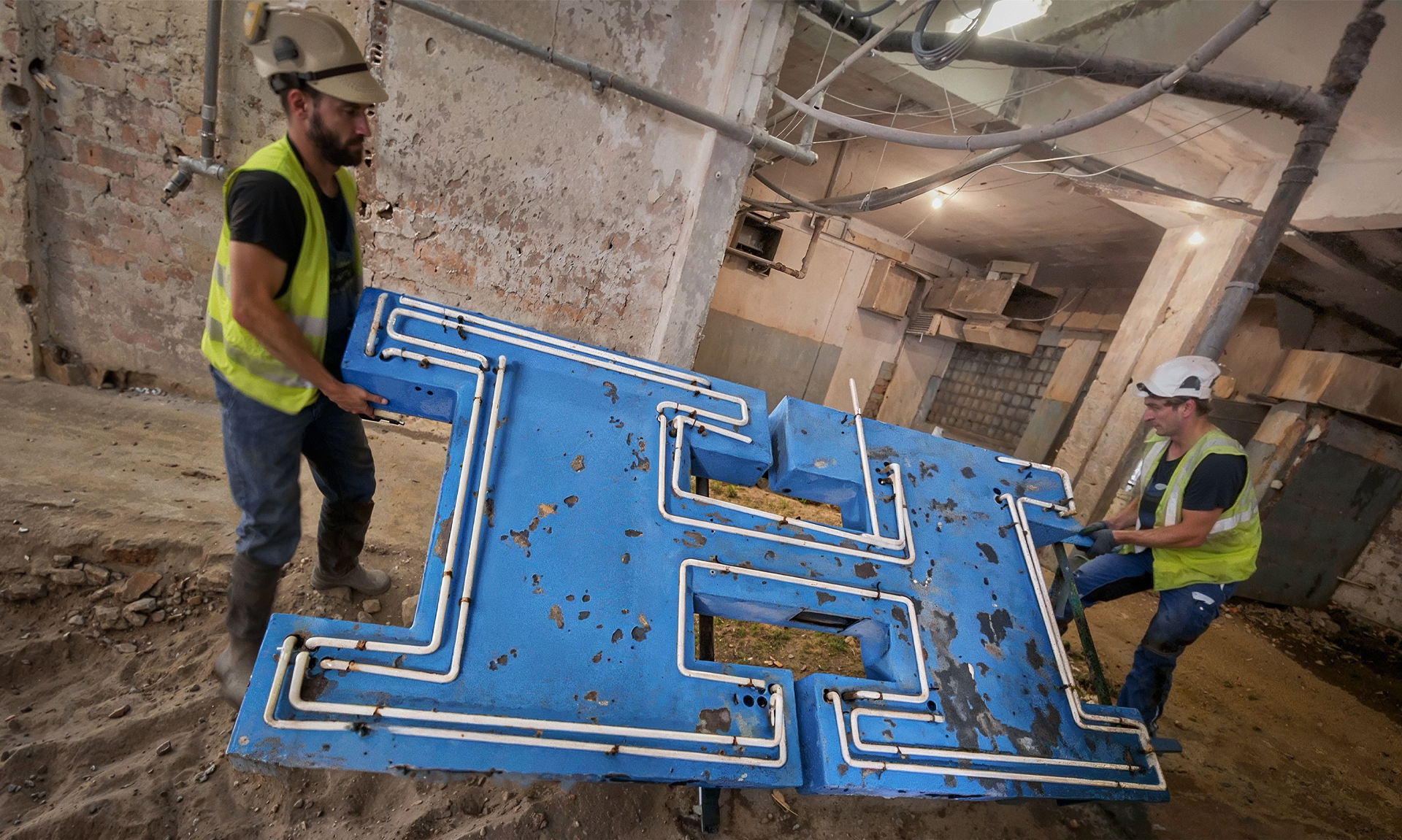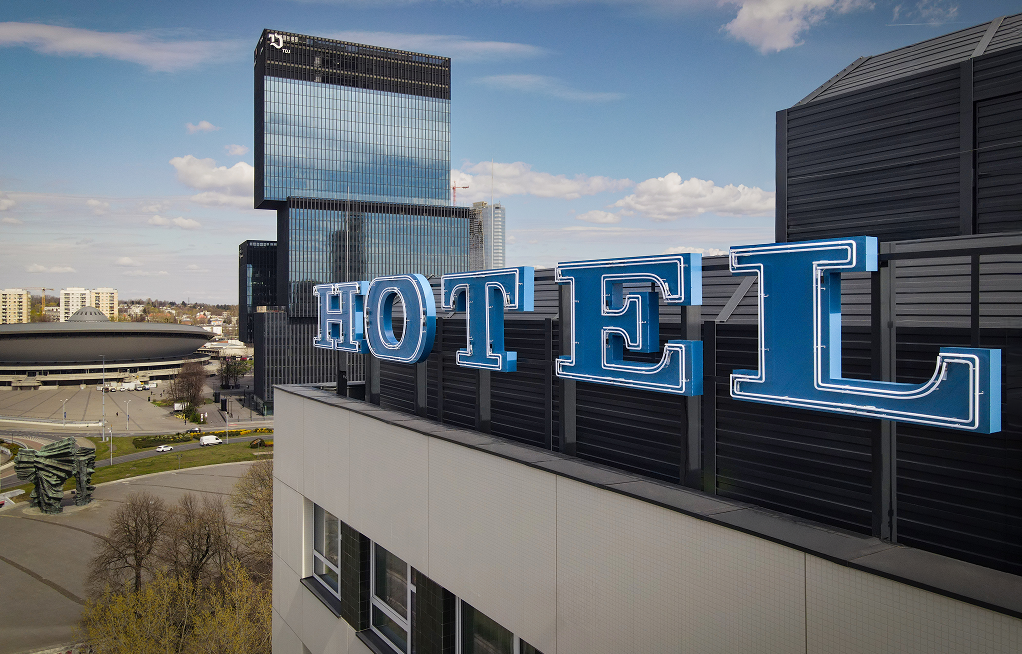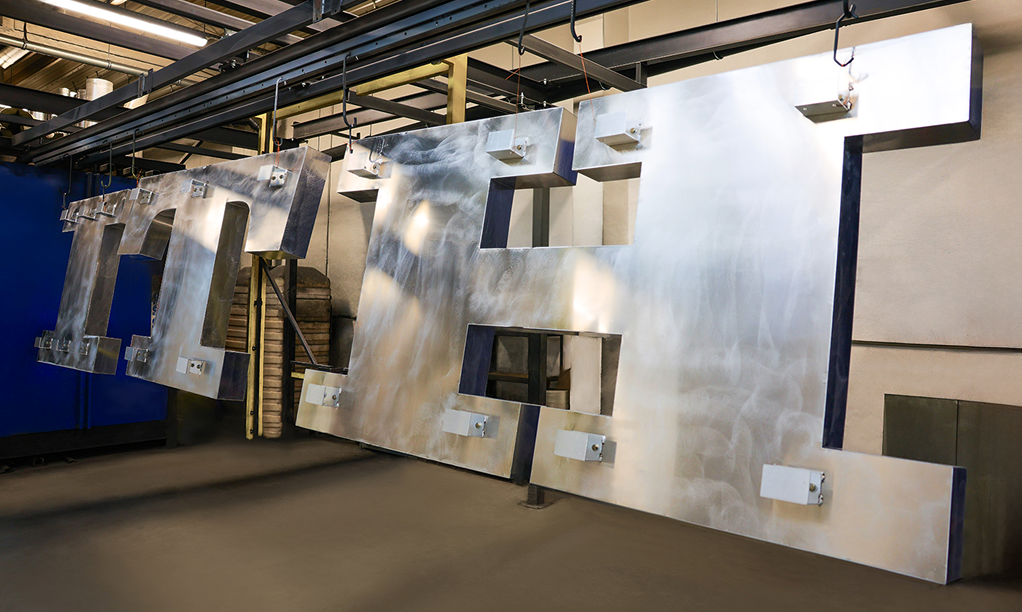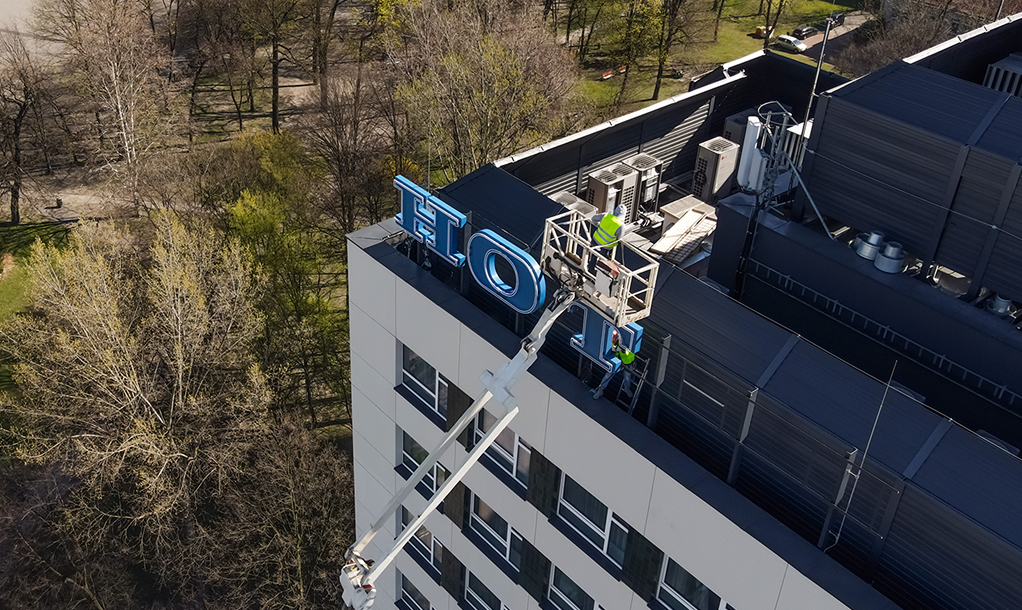Classic glass neon signs – gas-filled, full of noble nostalgia and characteristic light – have ruled the streets for years. They still impress with their charm. But the world changes, and so do our needs. Not everyone can afford the delicacy of a glass tube, especially in lively spaces like food trucks, festivals, or dynamic retail and hospitality settings. In such places, we start looking for alternatives. That’s how LED neons were born – durable, flexible, and just as eye-catching.
But “LED neon” is too broad a term today. In reality, we are talking about two entirely different worlds: acrylic LED neons and flex LED neons. Although they may look similar at first glance, the difference in craftsmanship, durability, and aesthetics is vast and hard to ignore.
How are they made?
Acrylic LED neons use an impressive technology: we start by precisely milling shapes from acrylic – letters, icons, symbols, even the tiniest details. Then we fill them with LED light – high quality, even, soft. The result? Perfectly clean edges, depth, and precise project reproduction. You can also choose where the light goes – front, side, back, or all around. Play with color – RGB, RGBW, transitions, halo effects. This gives the designer full control.
And flex neon? Well, it’s simply a flexible LED strip embedded in silicone. Its only real advantage – you can bend and install it quickly. But only if you don’t expect much. The strip can’t handle tight curves or fine details and always ends up simplified. It looks bulkier, less precise, and with less “wow.” As a commercial neon – flex doesn’t hold up in daylight (literally or figuratively). In professional spaces, it just looks cheap.
Durability and light quality: a gap between technologies
The acrylic neon’s strength lies in accurate shapes – refined, clean-cut letters and symbols. Durability? Unmatched. Acrylic resists impacts, doesn’t break like glass, and – importantly – it’s not flexible like flex. Its rigidity is a major advantage: acrylic neon is solid, stable, and doesn’t bend or deform under temperature changes.
Acrylic also acts as a light diffuser. This means letters and logos are illuminated smoothly and evenly – easy on the eyes. The light is soft and natural – comfortable even at close range.
Flex neons are the opposite. The silicone used doesn’t diffuse light evenly – especially blue tones become harsh and irritating. It strains the eyes and ruins the visual appeal.
What’s more, flex neon is unreliable – it’s made from cheap roll LED strips. Connections short, LEDs burn out. White flex turns pink, then dies. Dark spots appear – ugly up close.
From afar? Still bad – the glow is harsh and artificial, letters blur together, readability drops.
End result: what makes the difference
Acrylic LED neons simply look professional. With flame-polished surfaces, they shine and feel refined. The result is premium – evoking both elegant glass neon and luxurious 3D lettering. A branding upgrade.
Flex? Just a bent tube – often cut with a knife, glued by hand, full of imperfections. Far from professional. Not suitable for premium projects. Doesn’t inspire.
To sum up: not every glowing line is a neon
Sure, LED neon tape has its place – it’s cheap, quick, and decorative. But if you want more – quality, durability, standout aesthetics – acrylic LED neons have no rival.
This is next-gen lighting: combining modern tech with elegance. If you want your space to truly stand out – choose the solution that deserves it.
